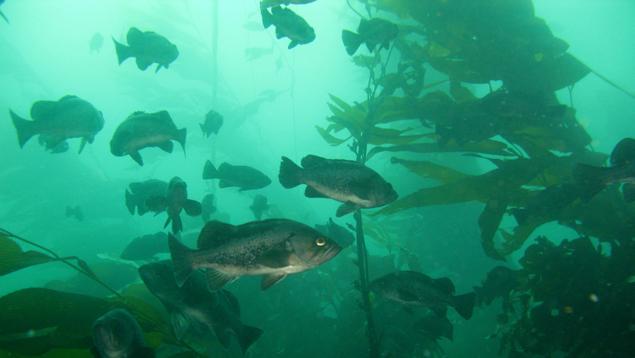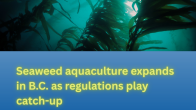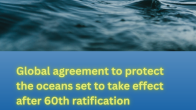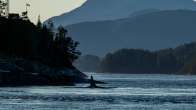Marine Protected Areas

Marine Protected Areas (MPAs) are ocean places that are set aside like parks, providing sanctuary for individual species and entire food-webs so they can recover and thrive. MPAs protect rare fish and corals, endangered marine mammals and migratory birds.
Some MPAs safeguard important parts of ocean ecosystems like the kelp and coral forests that provide safe havens for rockfish. They preserve unique and irreplaceable ocean features such as B.C.’s ancient glass sponge reefs. And others protect critical foraging habitat for orcas or seabirds. MPAs are particularly effective when they are linked together in a network.
Canada has made an international commitment (under the Convention on Biological Diversity) to build a network of MPAs on its Pacific coast by 2020, in which at least 10 percent of each ecological region is effectively conserved. The World Parks Congress recommends that 20-30 percent of every habitat in the oceans be given full protection. Currently, only one percent of Canada’s oceans and Great Lakes are protected in federally designated MPAs. Moreover, many existing MPAs are not properly managed, and permit activities within their boundaries that do not benefit the ecosystem.
Why have network of MPAs? The ocean is a vast interconnected web of life and structures that are always in flux, with many species travelling great distances between the places they depend upon at different times in their life cycles. A network of MPAs ensures the protection of all the different habitat types needed for species of concern. It allows mammals, birds, and fish to flourish when their entire range cannot be protected.
A marine plan that includes an MPA network not only preserves important species, but a broad diversity of life, that includes different genetic stocks in different areas. Ecosystems with greater biodiversity are more resistant to environmental changes and recover more quickly from natural and human caused disasters. This is especially important because of increasing pressures on ecosystems from climate change and ocean acidification.
Human exploitation of the marine environment is increasingly disastrous to both individual species and entire ocean ecosystems. Because MPA networks are designed to protect areas that represent valuable types of ocean habitat, we safeguard the ability to seed and repopulate areas that get damaged elsewhere on the coast because of human activity.
An ocean plan, that uses ecosystem-based management, within and around MPA networks would allow people and industries to use the ocean in ways that considers specific needs for the area. Successful networks in other countries, such as the Great Barrier Reef in Australia, factor economic and social considerations into their design.






